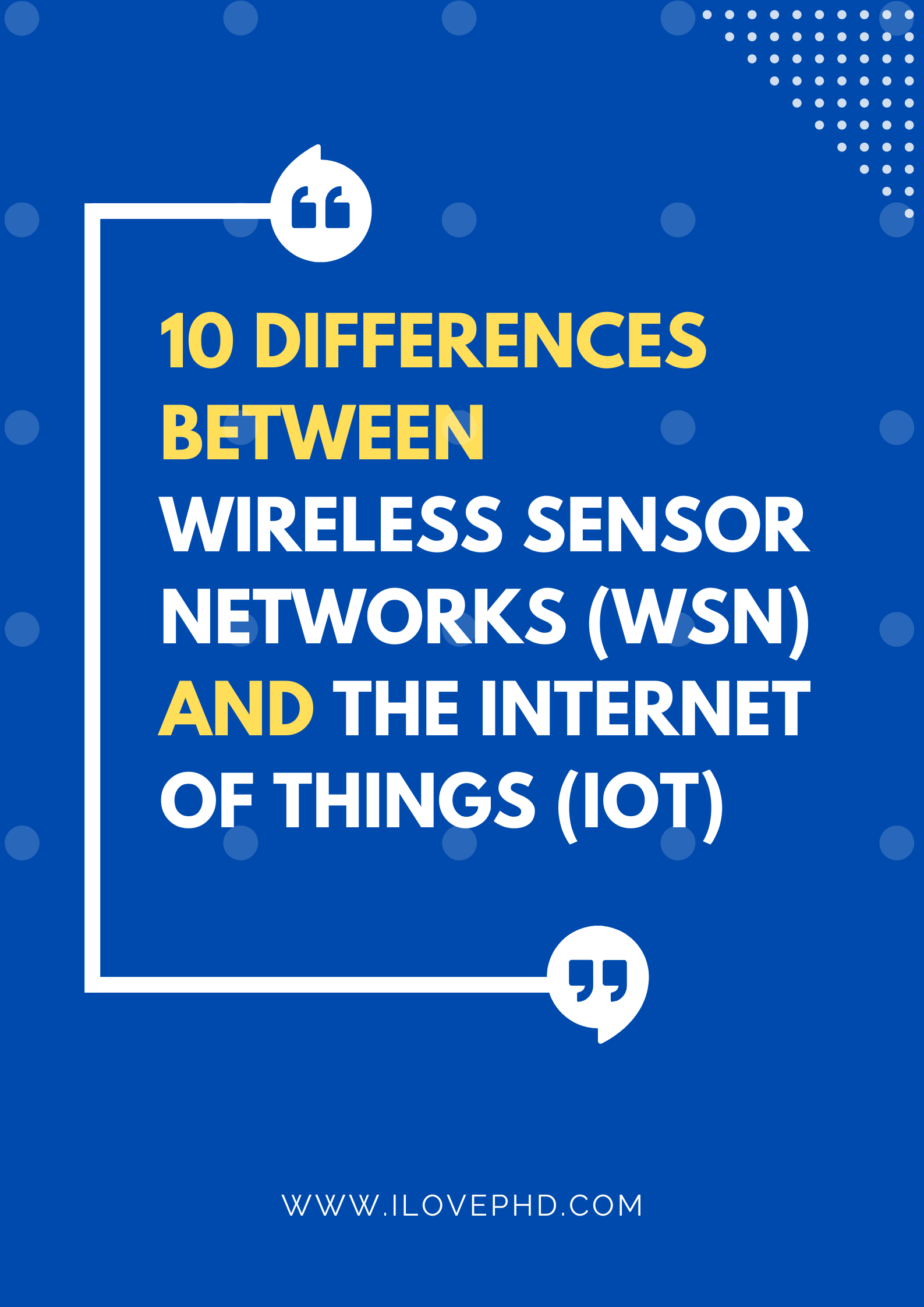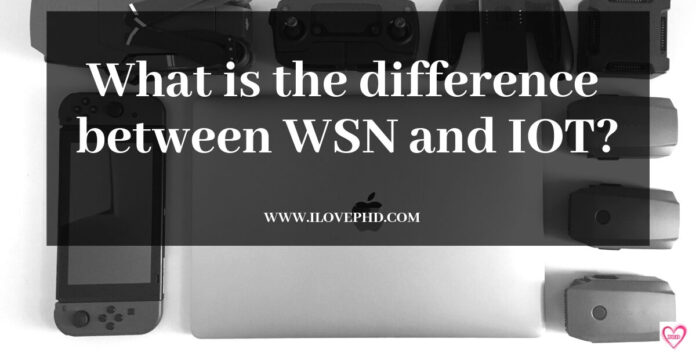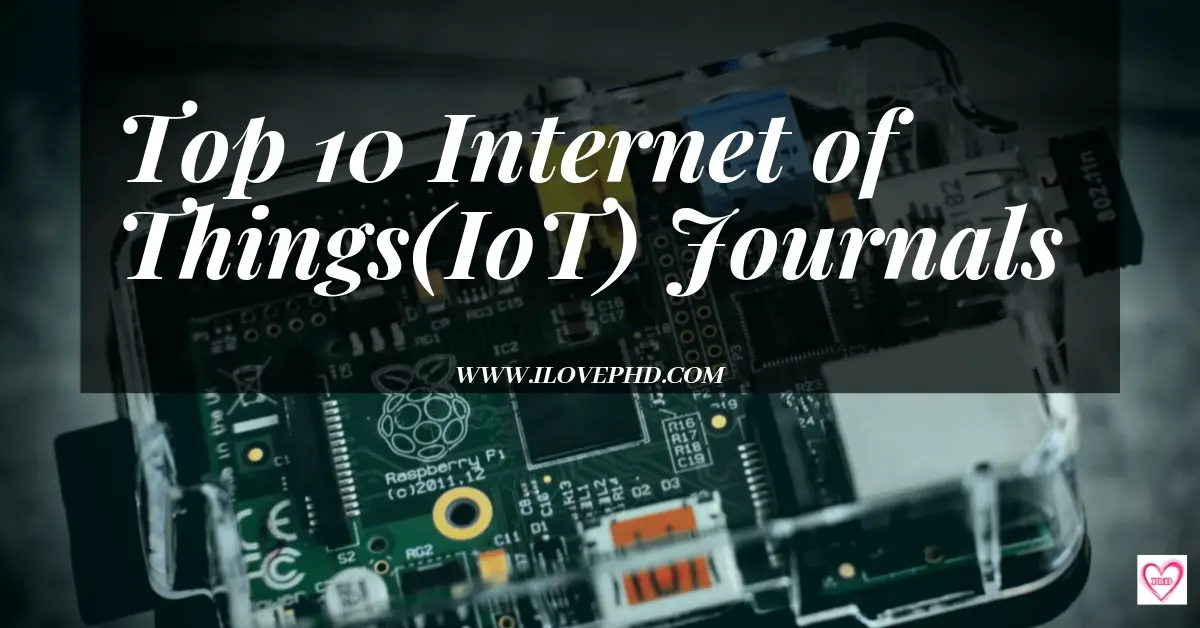What is the difference between WSN and IoT?
- WSN: Things (sensor nodes) connected without a wire to gather some data.
In this article, we have explained the 10 important differences between wireless sensor networks and the Internet of things in detail.
Wireless sensor network (WSN):
-
- A wireless sensor network (WSN) refers to a group of dedicated sensors for monitoring and recording the physical conditions of the environment and organizing the collected data at a central location.
The Internet of things (IoT)
-
- The Internet of things (IoT) is the network of physical devices, vehicles, home appliances, and other items embedded with electronics, software, sensors, actuators, and connectivity which enables these objects to connect and exchange data.
- Each thing is uniquely identifiable through its embedded computing system but is able to inter-operate within the existing Internet infrastructure.
All sensor data is further processed and analyzed in the data analyzing area.

10 Differences Between Wireless Sensor Networks (WSN) and the Internet of Things (IoT)
- Wireless Sensor Networks (WSN) are used to monitor and collect data from physical or environmental conditions.
- Whereas the Internet of Things is used to connect devices and objects to the internet so they can communicate with each other and exchange data.
- Wireless sensor networks typically consist of a large number of small, low-power sensors that wirelessly transmit data to a central base station
- whereas the Internet of Things (IoT) typically consists of a smaller number of devices that are connected to the internet via wired or wireless connections.
- Wireless sensor networks are often used for monitoring purposes in difficult or dangerous environments.
- whereas the Internet of Things is used to connect a variety of devices and objects in more everyday settings.
- Wireless sensor networks are often designed to operate in specific environments for a specific purpose.
- whereas the Internet of Things is designed to be more general and versatile.
- Wireless sensor networks often use proprietary protocols and technologies
- whereas the Internet of Things relies on standard protocols such as TCP/IP.
- Wireless sensor networks are typically deployed and operated by a single organization.
- whereas the Internet of Things is more decentralized, with a variety of organizations and individuals involved.
- Wireless sensor networks are often closed systems, with data being collected and used by the deploying organization
- whereas the Internet of Things is more open, with data being shared and used by a variety of organizations and individuals.
- Wireless sensor networks are typically static, with sensors being deployed in a specific location and remaining in that location
- whereas the Internet of Things is more dynamic, with devices and objects being moved around and connected to different networks.
- Wireless sensor networks are typically used for data collection and monitoring.
- whereas the Internet of Things is used for a variety of purposes, including data collection, monitoring, control, and communication.
- The wireless sensor network market is still emerging
- whereas the Internet of Things market is more mature.
I hope, this article would help you to know about the 10 main differences between WSN and the IoT.


